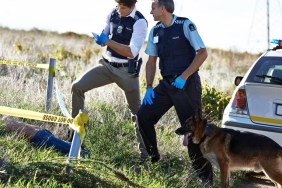Question:
My dog is very territorial. Is there any way to “train” her out of that?
Answer:
Like most creatures, including humans, dogs are territorial by nature. This is based on the fact that possession of those resources deemed valuable (including territory) bodes well for survival. Some dogs are genetically predisposed to have a greater propensity for aggressive tendencies. This is due in great part to…








